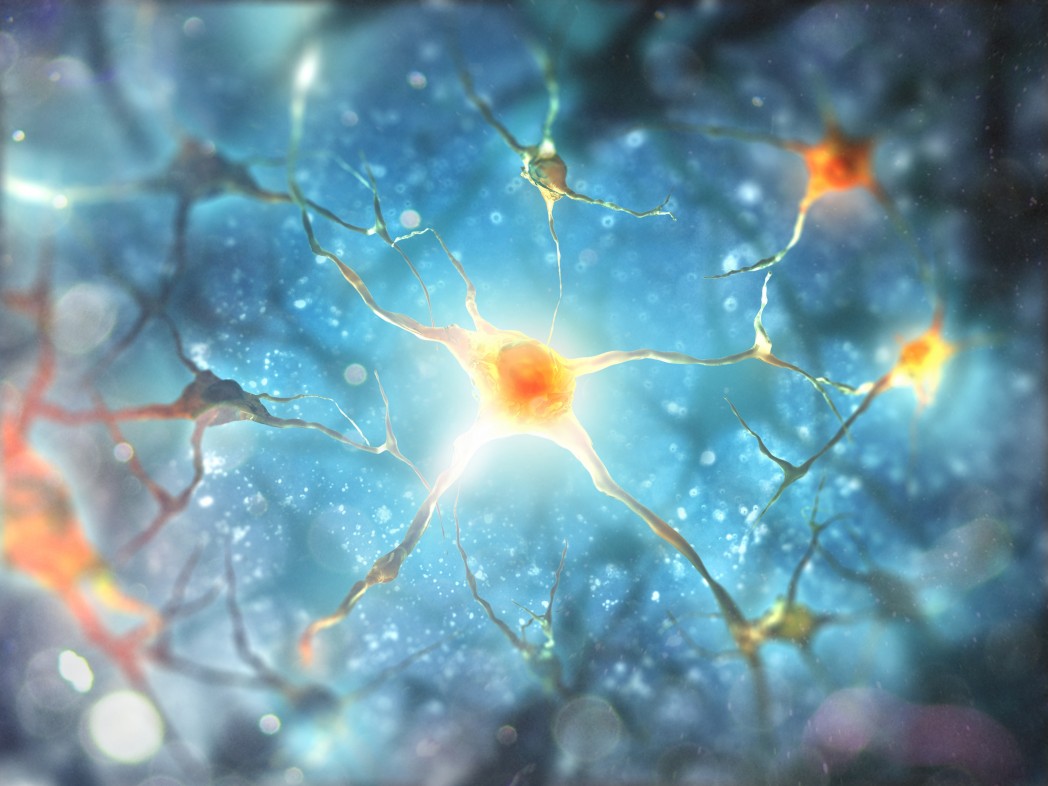ALS Genetic Mutation Seen to Adversely Affect Transport of Proteins Within Cells

Belgian researchers found the downstream effects of a mutation in the gene C9orf72, identified in 2011 as one of the main genetic factors behind amyotrophic lateral sclerosis (ALS). This specific mutation interferes with nuclear transport of proteins in and out of the cell nucleus and contributes to ALS development.
About 10 percent of all ALS cases are estimated to run in families. The mutation in C9orf72 leading to ALS, as well as to a related condition called frontotemporal dementia (FTD), is a repetition of six bases in a part of the C9orf72 gene not coding for protein.
Researchers still do not know the function of the C9orf72 gene. VIB Flanders Interuniversity Institute for Biotechnology and KU Leuven researchers discovered that the six base-pair expansion of the gene leads to a decrease in the protein produced by C9orf72. Moreover, both the resulting faulty protein, and the RNA produced in the process of reading and translating the DNA sequence into a protein, were found to be toxic.
The work was published in two articles: “Modifiers of C9orf72 dipeptide repeat toxicity connect nucleocytoplasmic transport defects to FTD/ALS,” which appeared in the journal Nature Neuroscience, and “Drosophila screen connects nuclear transport genes to DPR pathology in c9ALS/FTD,“ published in Scientific Reports.
The team, led by Professors Ludo Van Den Bosch and Wim Robberecht, believes that the faulty RNA might isolate RNA-binding proteins in the cell nucleus, contributing to toxicity. The protein parts containing the mutation, called dipeptide repeat proteins (DPRs), are produced by an unconventional form of protein translation. This mechanism leads to the production of not only one but five different DPRs in patients with this particular mutation in the C9orf72 gene.
To explore how these protein parts can be toxic, the team produced genetic constructs expressing only one DPR at a time. They transferred these constructs to fruit flies and yeast, and discovered that only two of the five DPRs were toxic. Expanding the studies in collaboration with Dr. A. Gitler at Stanford University, the researchers used genome-wide screens able to spot alterations in gene expression due to the inserted construct.
First studying the effects in yeast, the team noted that genes controlling nuclear transport seemed to be affected by the faulty DPRs, a finding later proved in fruit flies.
The factor affected the most was a nuclear transport protein — transportin 1 — normally transporting RNA-binding proteins into the nucleus. In the fruit flies with the toxic DPR constructs, RNA binding proteins were accumulating in the cytoplasm, the liquid inner of cells surrounding cell nuclei.
The final proof that this process is also relevant in humans carrying such mutation came from an investigation of patients’ brains, where the team observed the same accumulation of proteins normally transported by transportin-1 outside cell nuclei of affected neurons. The researchers believe that the repeat stretches of DNA in the DPRs might mimic a signal directing proteins to the cell nucleus. Since the transporter is busy shuttling the DPRs into the nucleus, the natural targets get left behind in the cytosol.
In a press release, Professor Robberecht noted that two other recently published studies investigating the same mechanisms came to the same conclusion. He also argued that nuclear transport mechanisms could be a promising new therapeutic target for ALS treatment.






